Hi, I am a beginner in photography and i'd like to know what is the reason that the sky is over exposed in my photos.
I know this is quite a common problem. Found some infos in google, but they all saying about how to fix over exposed sky and how to avoid it.. But what is actually the reason that this happens?
Thanks for tips..
I know this is quite a common problem. Found some infos in google, but they all saying about how to fix over exposed sky and how to avoid it.. But what is actually the reason that this happens?
Thanks for tips..


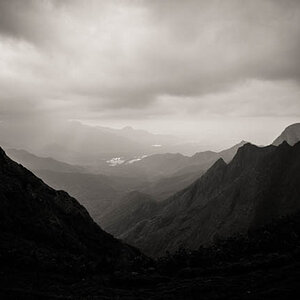
![[No title]](/data/xfmg/thumbnail/34/34042-f37784c4a5db3d0cf34059cad22b288c.jpg?1619736251)
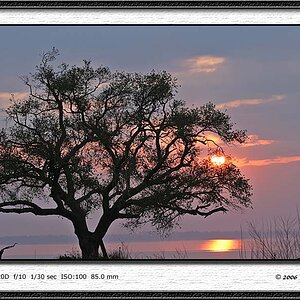

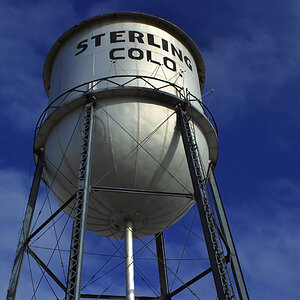

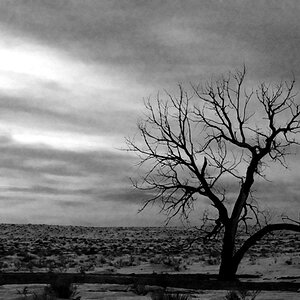
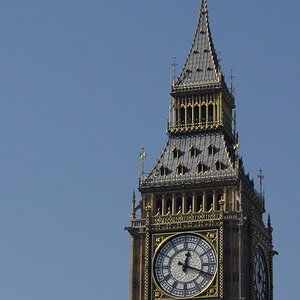
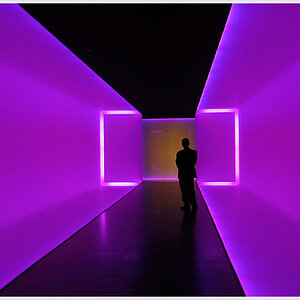
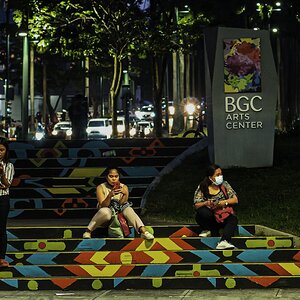
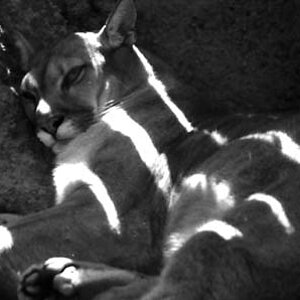
![[No title]](/data/xfmg/thumbnail/34/34040-14af4007923299ad46d35fc110d0faad.jpg?1619736250)